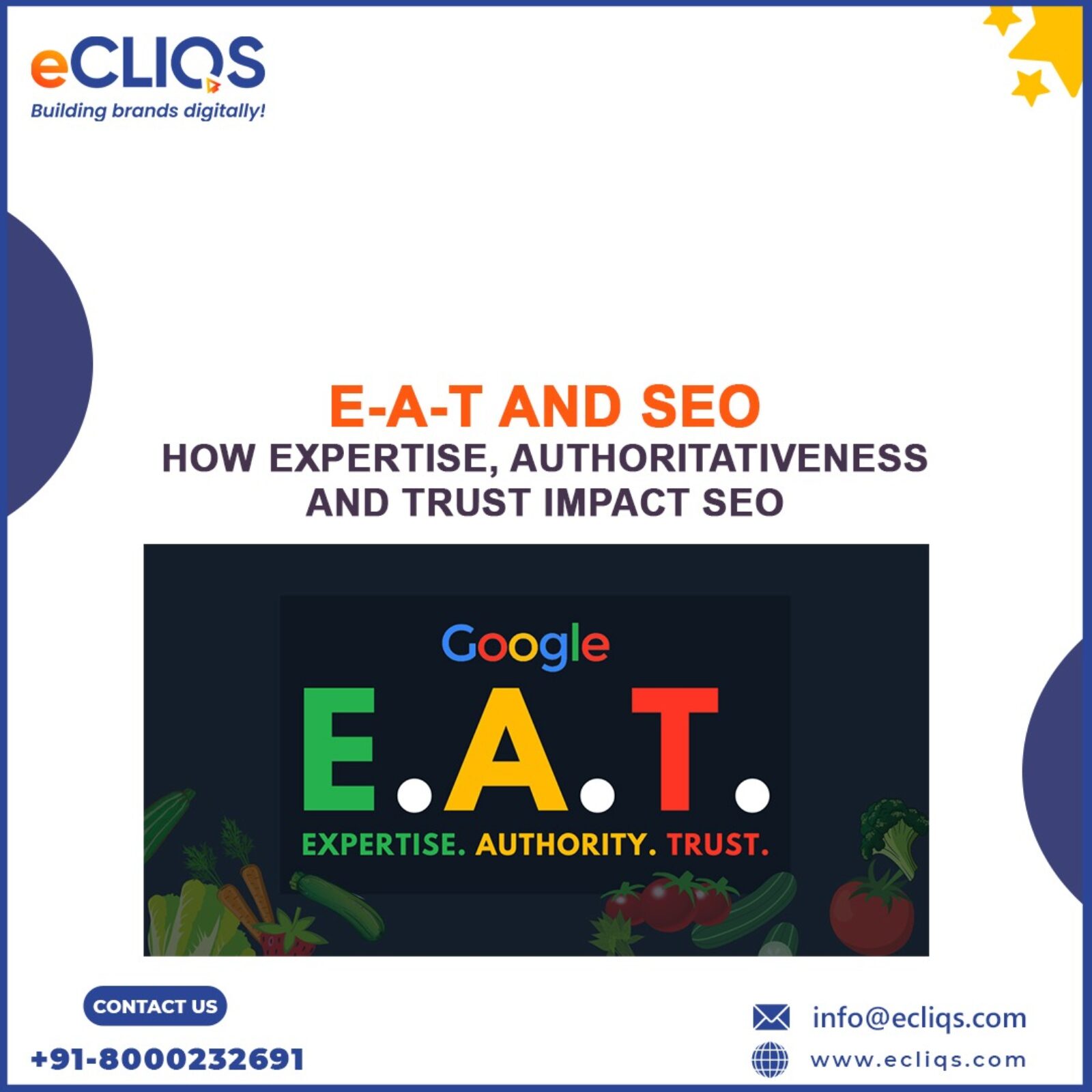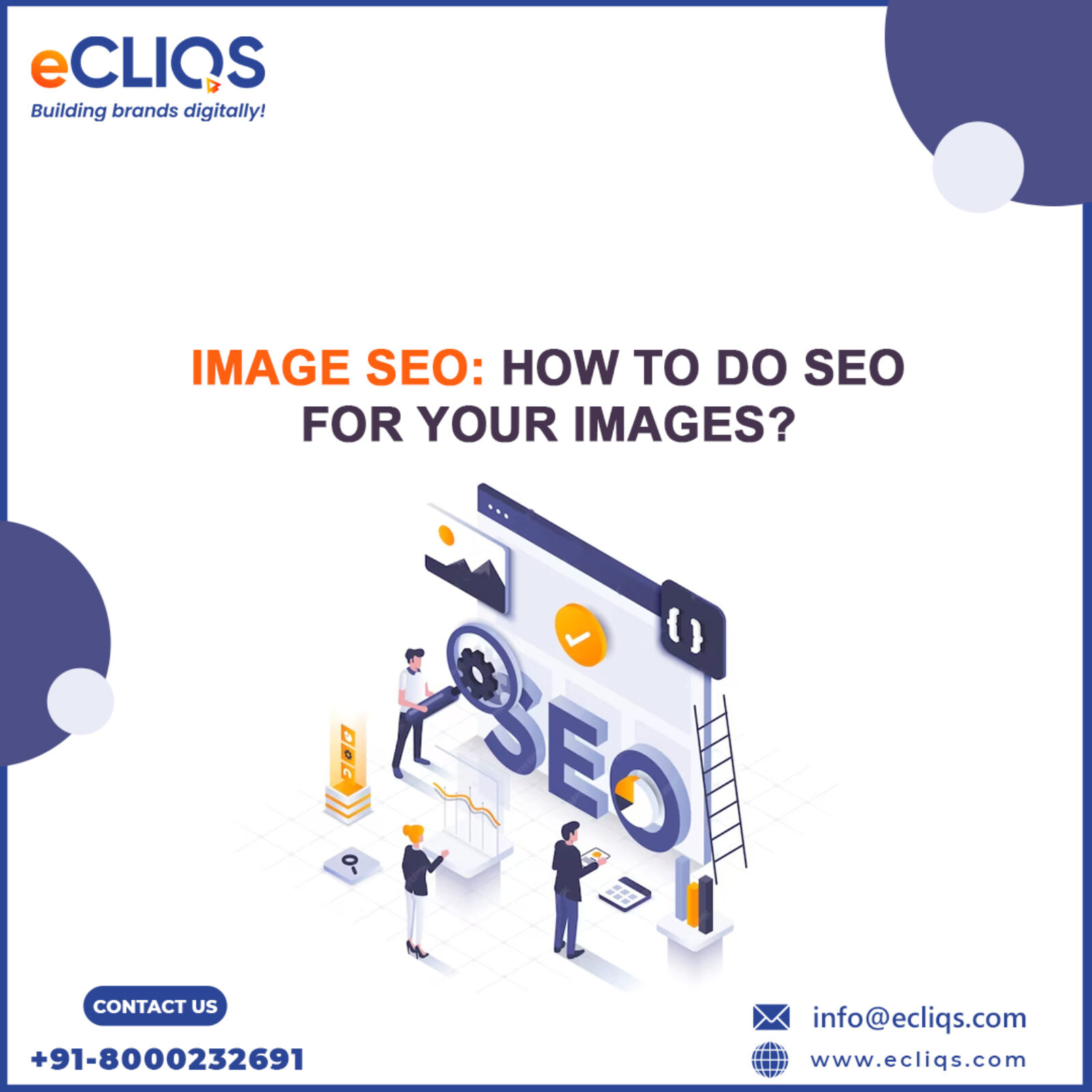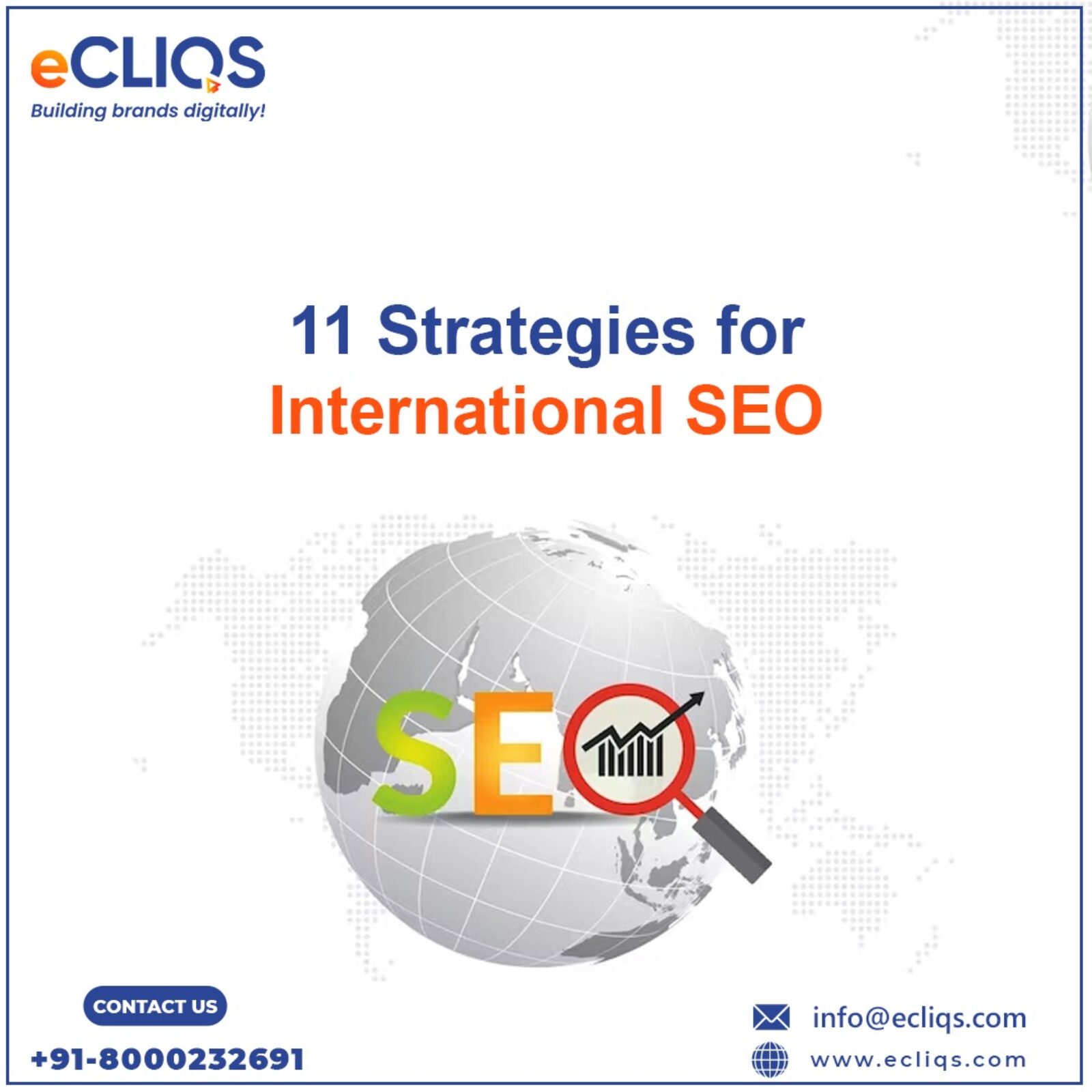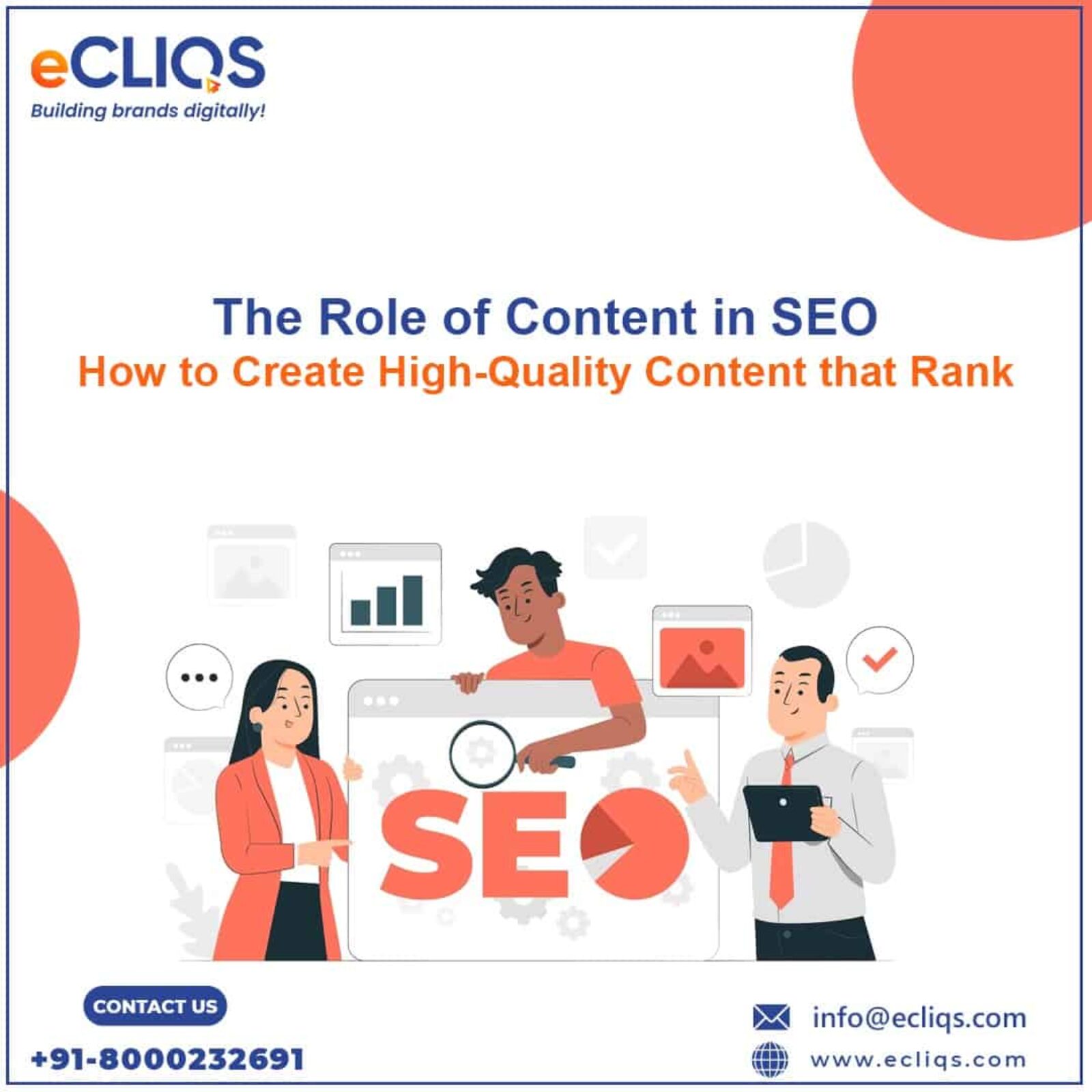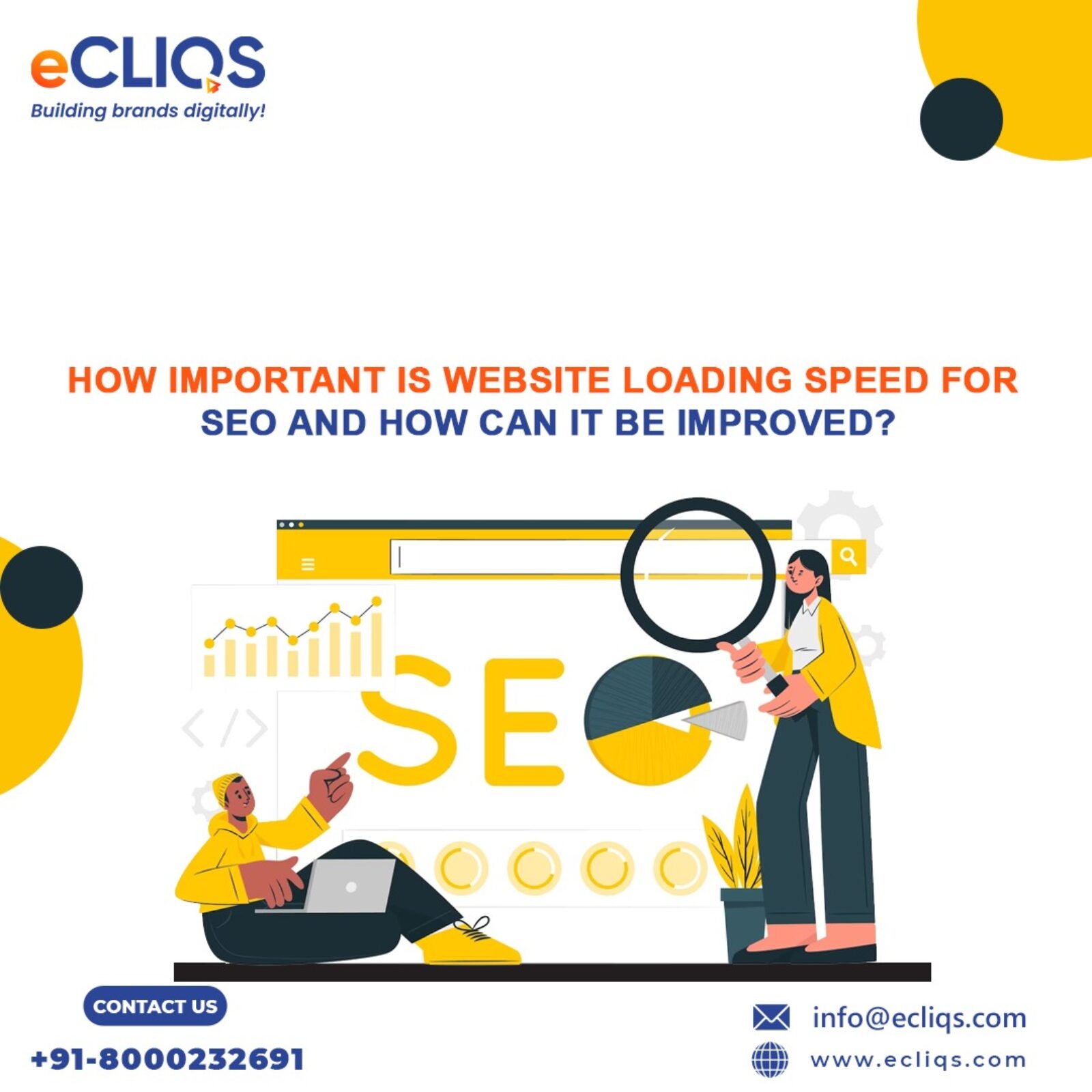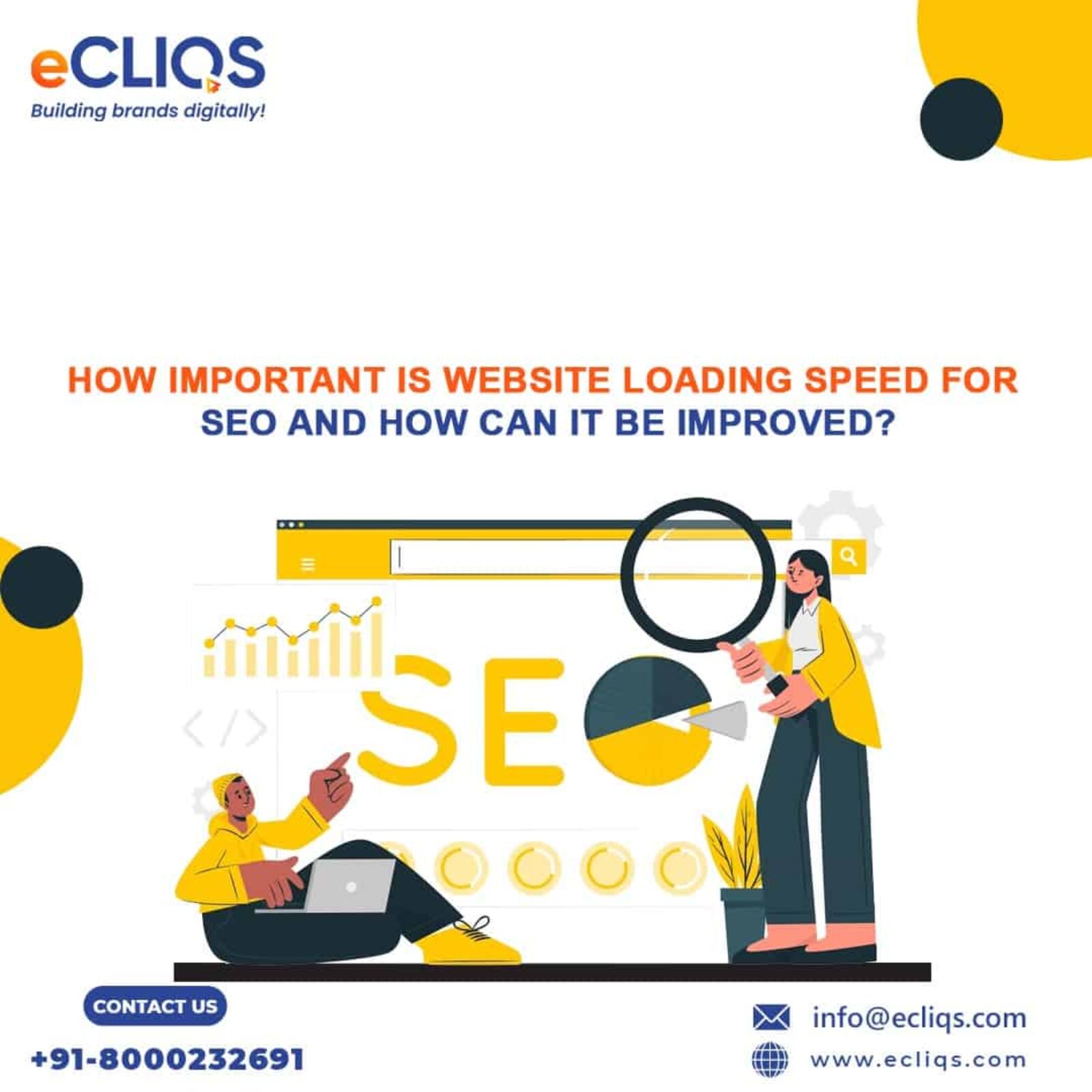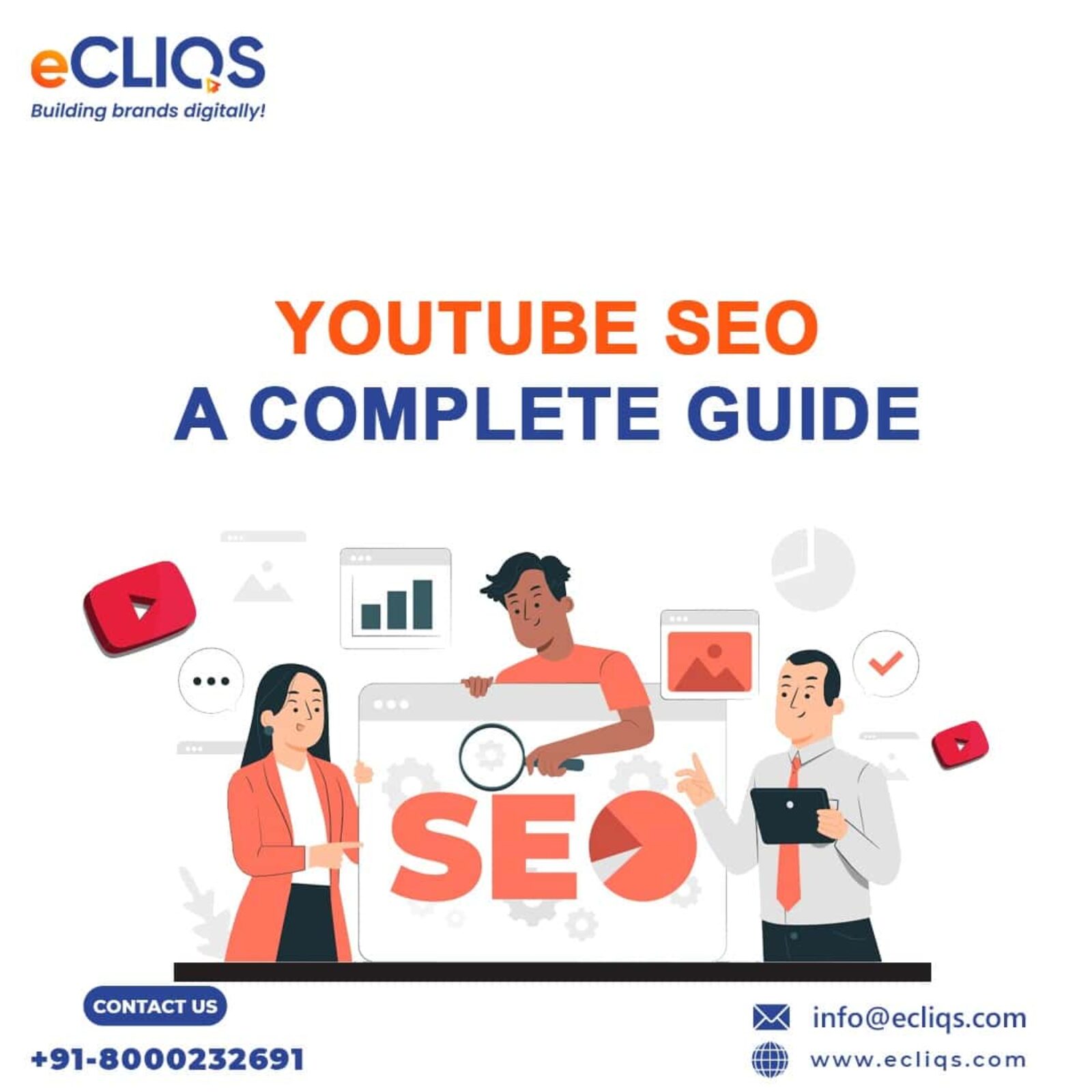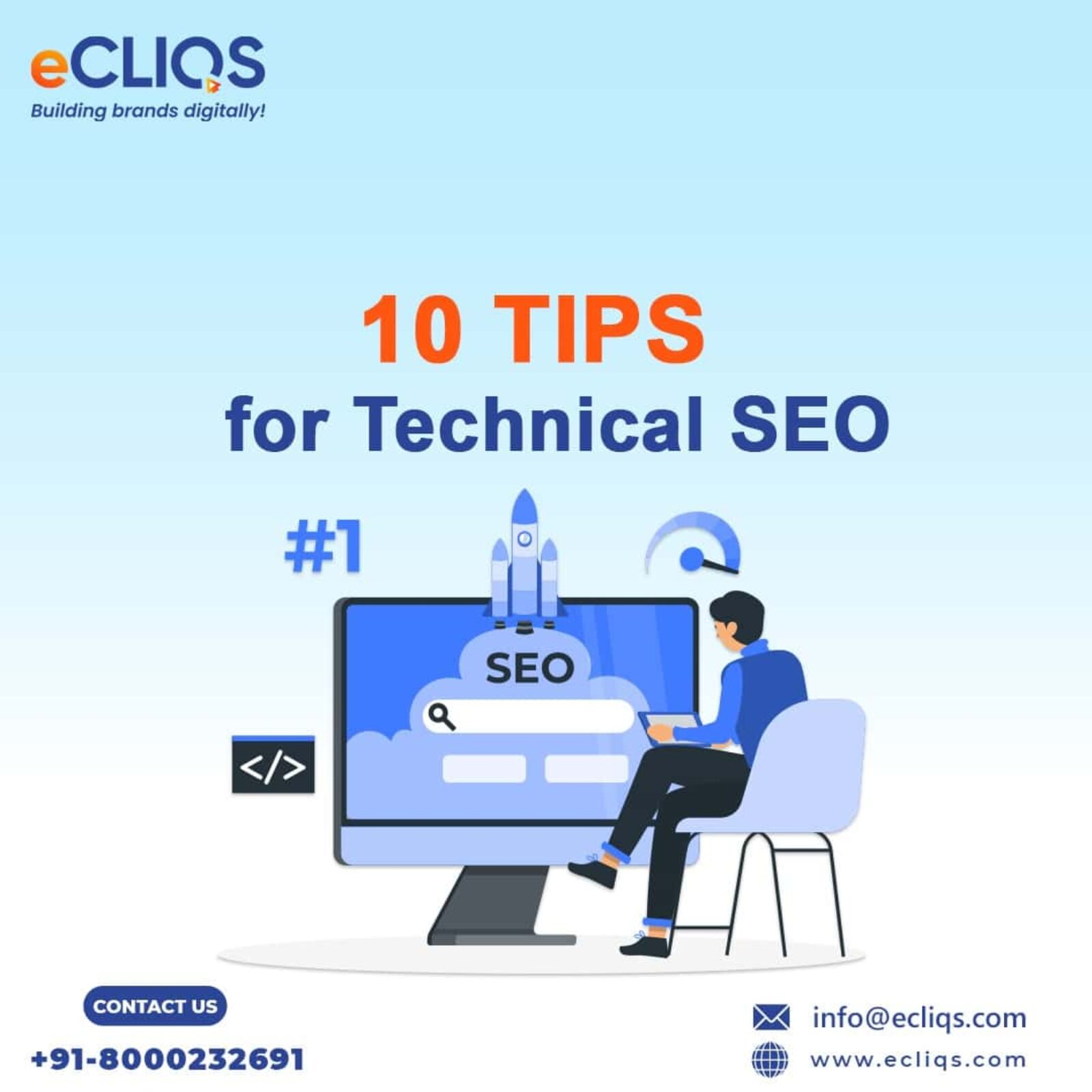The Power of Featured Snippets for Website SEO
It is impossible to overlook the fact that Google’s search engine results Page (SERP) has undergone tremendous evolution. Even the best content produced can be difficult to make the top of the list without a plan to support it. Thankfully, there are still a few ways to stand...
SEO- E-A-T and SEO: How Expertise, Authoritativeness, and Trust Impact SEO
Most of us read blogs and other online content daily. We almost trust the majority of it, while the rest is questioned for legitimacy till we move on. We confront this dilemma every day, where we are unsure whether the stuff on the internet is real or not. This is where...
Image SEO: How to Do SEO for Your Images
SEO, or search engine optimization, may appear sophisticated, but at a basic level, you may think of it this way: Everything on the internet is either content or a link (to other material).
Historically, the pieces of material with the most inbound connections from the...
11 Strategies for International SEO
Assume you’ve built an outstanding website. However, while it is successful in your local market, it has received little to no attention on a global basis.
Acquiring international fame is critical in today’s interconnected globe. It aids in reaching a wide...
The Role of Content in SEO: How to Create High-Quality Content that Rank
There is no doubt that your company requires a strong internet presence to thrive these days. This is where your SEO efforts come inSearch engine optimization is crucial for increasing a website’s visibility and boosting organic traffic. Let’s look at why content...
The Impact of Animated Videos on SEO and Website Traffic
In this fast paced world, staying ahead of the curve is very crucial these days.Animated videos have evolved to be engaging the audience and get them hooked to your content and also improve the SEO ranking of your website.Through this blog, we will explain to you the impact...
The Importance of Core Web Vitals for SEO and User Experience
Google’s new page experience measurements, known as Core Web Vitals, have been incorporated into the Google Search core algorithm as part of Google’s page experience update in 2021, which might have serious ramifications for underperforming websites.Google...
How important is website loading speed for SEO and how can it be improved?
Considering how many potential clients, consumers, and audiences are always online these days, it’s essential for every company to have its own website. Customer patience is often low among digital users. It is becoming increasingly important for both user experience...
Youtube Seo – A complete Guide
With 500 hours of live-action and animated video published to the platform every minute, you may believe viewers won’t locate your videos. How will you attract clicks and deter others?The answer to that is: With an effective SEO approach, just like on other search...
10 Tips for Technical SEO
One of the cornerstones of SEO is the technical side of things. You could have the best article on the most-searched topic in your niche, but if your site hasn’t fixed its technical SEO faults, it won’t do well in the search engine results pages (SERPs).Therefore,...


